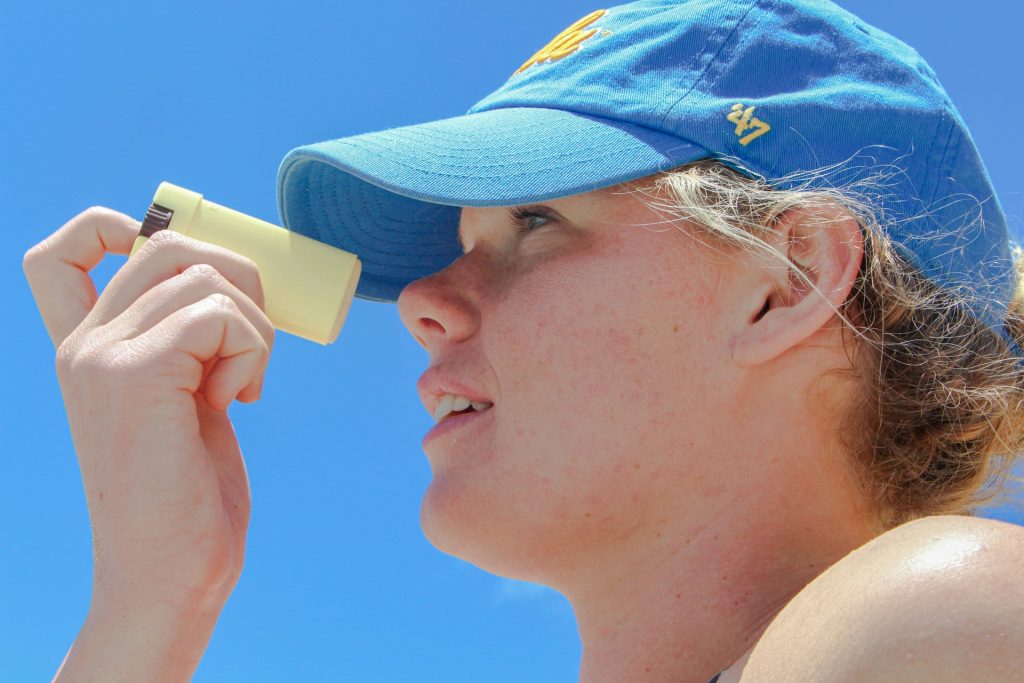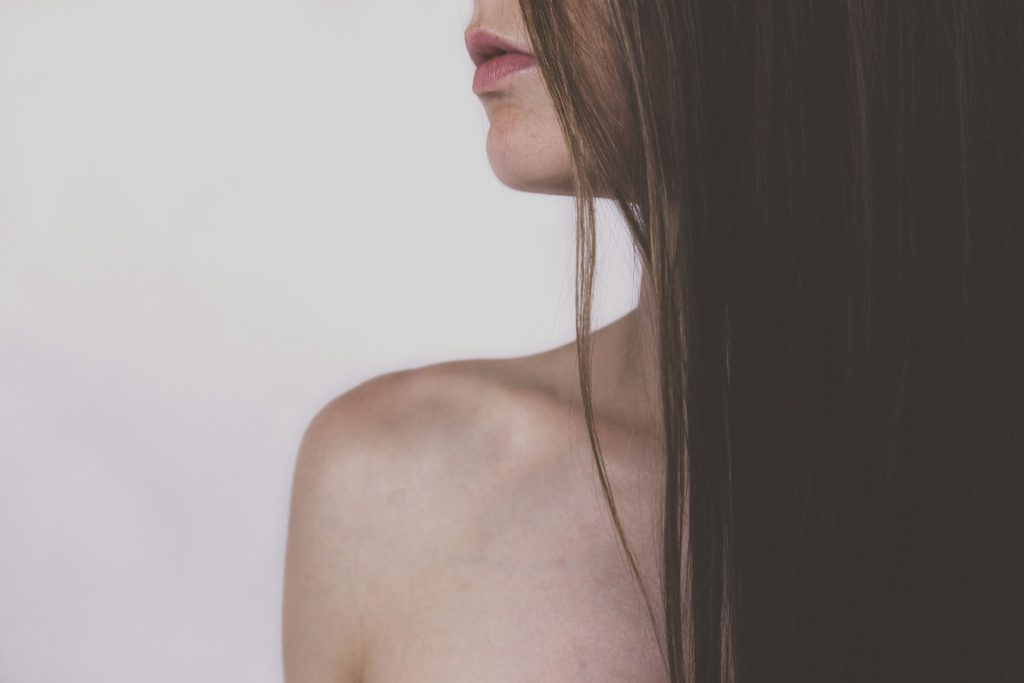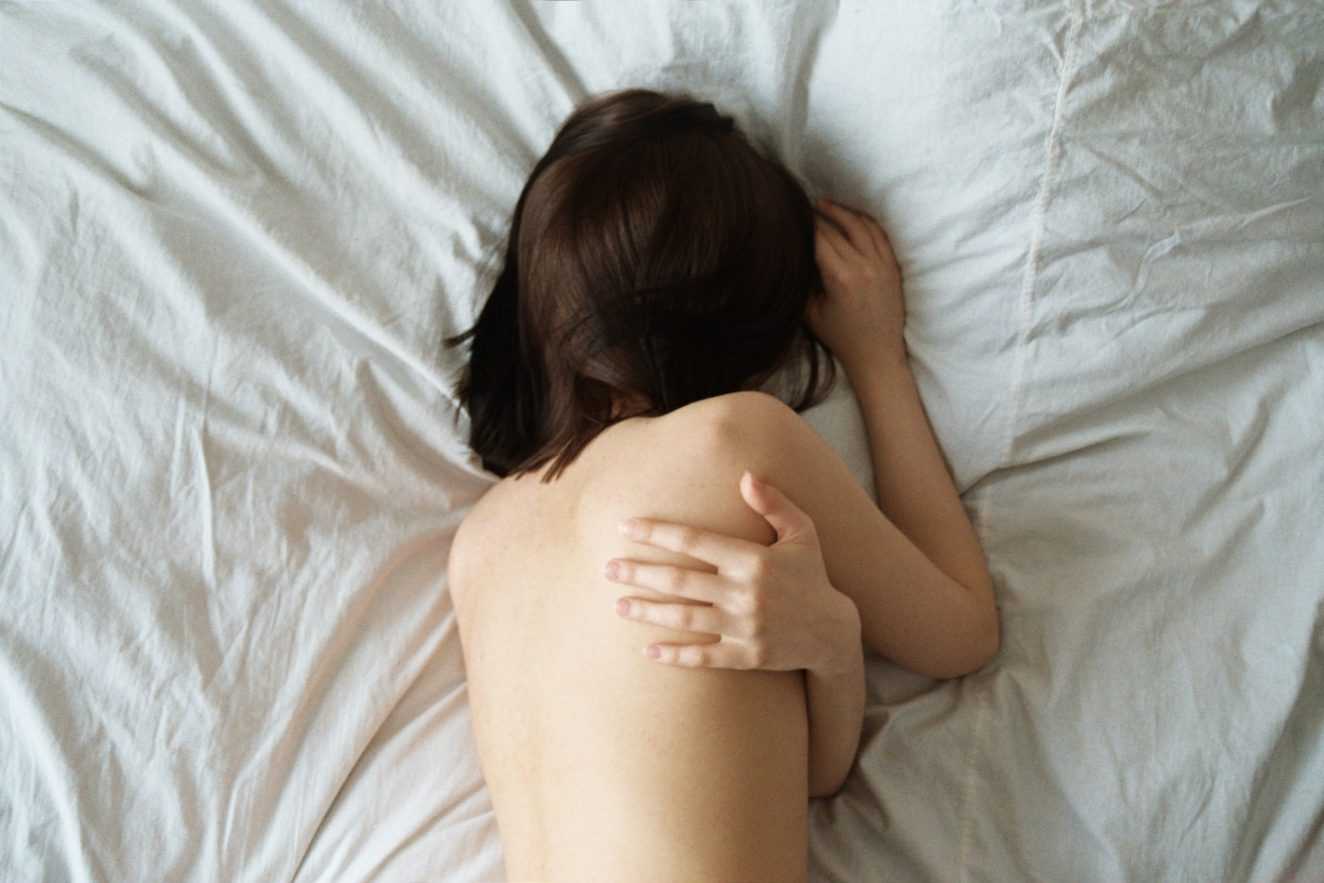Acne, a prevalent chronic skin ailment, affects up to 9.4% of the global population at some point in their lives. With various manifestations ranging from mild cases to severe inflammation and cyst formation, acne emerges as a complex challenge. The root of all acne types lies in the blockage or inflammation of pilosebaceous units – the omnipresent hair follicles that cover our bodies.

The American Acne Landscape
In the United States alone, over 50 million individuals grapple with acne annually. Surprisingly, merely 5.1 million seek dermatological treatment for this common skin woe. The landscape of acne, particularly in adults, has witnessed a significant surge since 2013. Of those afflicted, nearly 15% are women, highlighting the broad demographic impact of this skin condition.
Unmasking the Culprits: What Causes Body Acne?
The onset and severity of body acne are intricately linked to lifestyle choices. Variables such as age, dietary habits, stress levels, sleep patterns, weight, drug and alcohol consumption, genetic predisposition, and menstrual cycle regularity play pivotal roles. While adolescence is the prime period for acne development, individuals aged 21 to 25 with oily skin remain susceptible. Though not a severe health threat, body acne often becomes a catalyst for low self-esteem, anxiety, and even depression.
Exploring the Types of Body Acne
Beyond the Surface: Unveiling Acne Mechanica
One notable form of body acne, termed acne mechanica, stems from constant contact with sports equipment. The friction and heat generated during workouts can trap sweat on the skin, leading to irritation and subsequent rashes or spots. The breakout locations vary based on the type of equipment used, showcasing how athletes in different sports encounter distinct patterns of acne.
Acne Cosmetica: When Beauty Products Turn Bitter
Hair products, particularly those laden with oils and silicones, can contribute to acne cosmetica. Primarily affecting the hairline, neck, back, shoulders, and chest, this form of acne is a reaction to the pore-clogging ingredients in shampoos, conditioners, and styling products. Ceasing the use of the implicated products often serves as an effective remedy.
Other Triggers of Body Acne: Hygiene, Sweat, and Sun
Poor hygiene and excessive sweating can exacerbate acne by allowing dirt, oil, and dead cells to accumulate on the skin. Regular cleansing proves pivotal in combating this issue. Sun exposure, albeit paradoxical, can contribute to body acne. Sunburn dries the skin, prompting increased oil production and potential pore blockage.

Strategies for Treating and Preventing Body Acne
Addressing mild body acne without dermatological intervention involves targeted strategies aligned with the identified causes.
1. Product Purity: Opt for Non-Comedogenic Options
Review your regular hair and body products, opting for those labeled non-comedogenic or non-acnegenic. Eliminate items containing oils, waxes, and silicones to minimize pore-clogging potential.
2. Laundry Vigilance: A Clean Sweep
Frequently washing items that come into contact with your skin is crucial. From pillowcases and bedsheets to hats, headbands, and sportswear – maintaining cleanliness aids in preventing acne cosmetica.
3. Sportswear Savvy: Dodge Acne Mechanica
Athletes can mitigate acne mechanica by incorporating preventive measures. Use padding, opt for dry-fit technology, choose loose-fitting sportswear, avoid sharing protective gear, and maintain the cleanliness of workout equipment.
4. Sunscreen Wisdom: Shield Your Skin
Prioritize sun protection by applying oil-free sunscreen with a minimum SPF of 30. Look for non-comedogenic options to guard against potential pore blockage induced by sunburn.
5. Hygiene Rituals: Freshness Unleashed
Regular showers, especially after heavy product use or excessive sweating, contribute significantly to acne prevention. Choose a mild cleanser with non-comedogenic ingredients, be gentle during washing, and pat the skin dry with a clean towel.

If home-based measures fail to alleviate body acne after weeks of consistent application, consulting a dermatologist becomes imperative. Over-the-counter products containing salicylic acid or benzoyl peroxide may be recommended, offering effective topical treatments without the need for a prescription.





